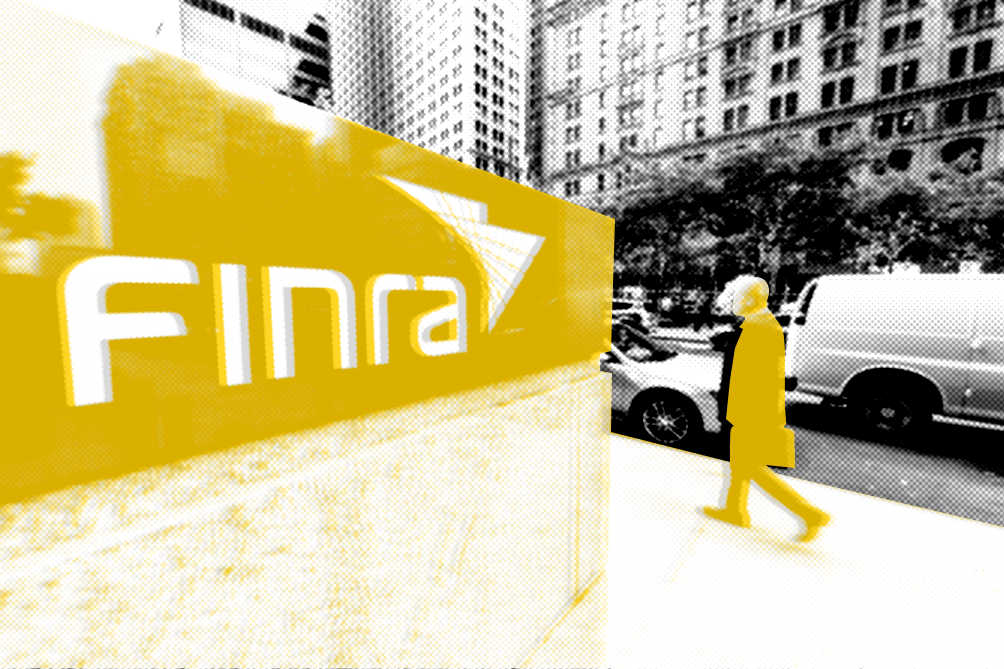On May 28, 2025 the FCA released two consultation papers – CP25/14 (on stablecoin issuance and crypto custody) and CP25/15 (on prudential requirements for crypto firms) – as the latest step toward a comprehensive UK cryptoasset regime (the CPs). These proposals build on HM Treasury’s draft legislation (April 2025) to bring fiat-referencedThe UK’s
Register for free to keep reading.
To continue reading this article and unlock full access to GRIP, register now. You’ll enjoy free access to all content until our subscription service launches in early 2026.
- Unlimited access to industry insights
- Stay on top of key rules and regulatory changes with our Rules Navigator
- Ad-free experience with no distractions
- Regular podcasts from trusted external experts
- Fresh compliance and regulatory content every day













